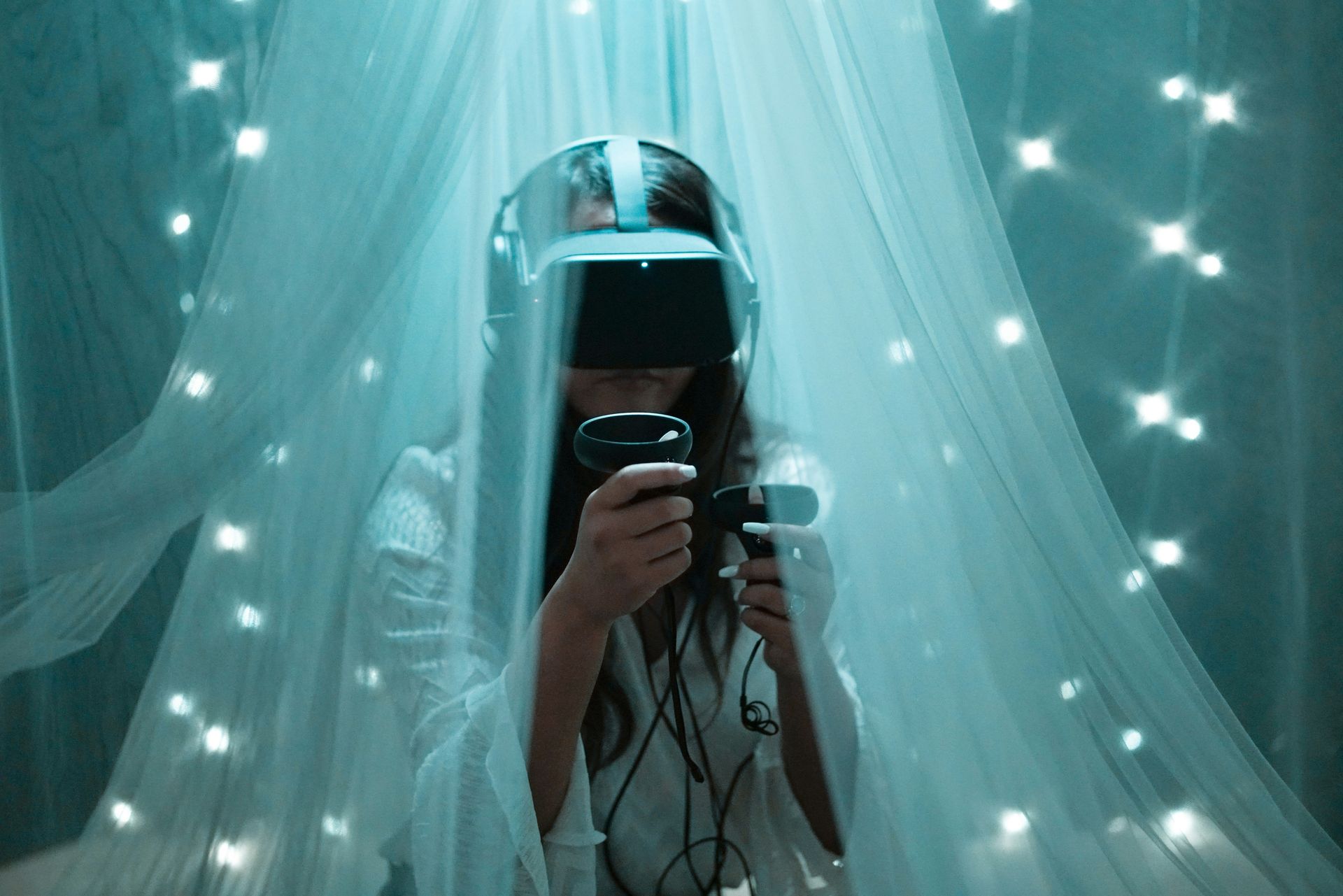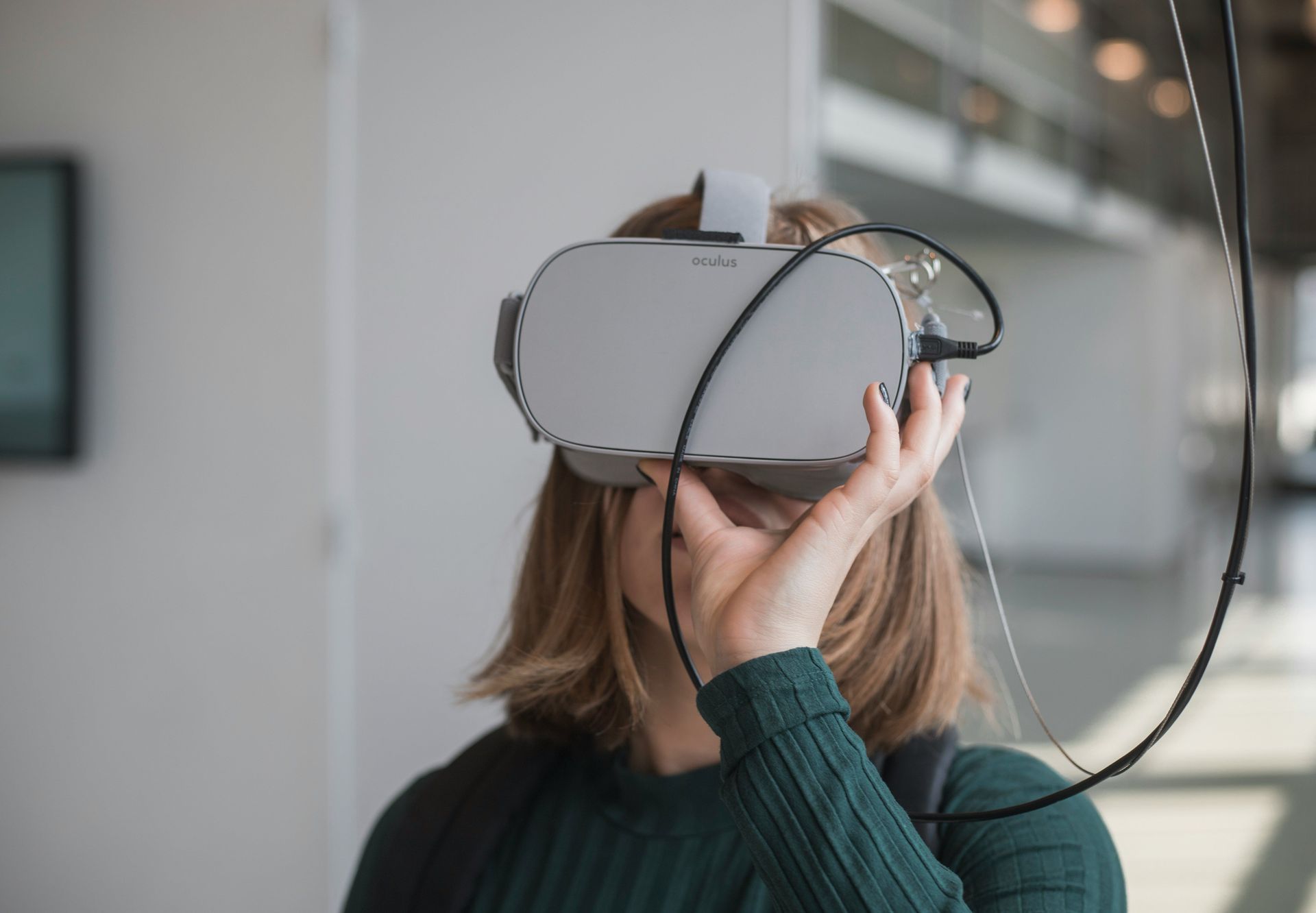Can virtual technology be used to treat depression and other mental illnesses?

Mental health treatments probably aren’t the first use case you’d imagine when thinking of practical applications of VR. You don’t need to have a degree from online masters programs in counseling psychology to know that excessive use of video games and social media has been proven to promote negative mental health outcomes.
But what if there was another side to the coin? What if not all video games were bad – what if they could actually help improve mental health outcomes? Turns out, it’s true – recent studies show that virtual reality treatments can be as effective as current preferred therapies for people with major depressive disorder.
Psychiatric conditionsOf particular note is a study that compared the use of traditional behavioral activation therapy (BA), a standard front-line treatment, with behavioral activation therapy administered using a Meta Quest 2 VR headset (XR-BA) to treat symptoms of major depressive disorder. Behavioral activation therapy for depression consists of monitoring one’s daily activities and identifying how they play a role in the “vicious cycle” aspect of depression. This usually involves scheduling enjoyable and meaningful activities to help break free of negative emotional and cognitive cycles, and conducting active problem-solving to avoid or overcome potential barriers to engaging in those positive activities.
The alternative XR-BA consisted of replacing users’ typically enjoyed activities with unstructured use of the Meta Quest 2 headset, mostly consisting of games like Beat Saber and video experiences like YouTube 360. Participants in the study demonstrated equivalent improvements using XR-BA compared to traditional BA. XR-BA participants also reported that the novelty of experiences they had access to encouraged them to continue the treatment, and some participants showed improvement even before beginning the treatment; researchers believe this was due to excitement at the prospect of using a novel technology.
This demonstrates real promise for the potential of virtual reality devices to equal or even perhaps exceed the efficacy of equivalent first-line treatments for major depressive disorder. It also suggests that VR might provide relief for people who are unable to access activities that they normally engage in for their BA treatments as a result of injury, illness, physical displacement, or other extenuating circumstances.
 (Image credit)
(Image credit)
Virtual reality has shown promise in other treatment modalities, too. Recent studies have demonstrated the ability of VR to help with conditions that require exposure-based therapies. Panic disorder and agoraphobia have shown particular promise, with multiple studies revealing that patients can benefit from using VR therapy to gain initial exposure to threatening stimuli in a controlled environment, helping them become more accustomed to the presence of these perceived threats in a low-stakes environment before moving on to more direct exposure.
These treatments showed equally effective long-term results compared to the most common treatment, cognitive behavioral therapy (CBT). In fact, in a majority of cases, patients and their doctors managed to achieve results faster or in fewer sessions when compared with equivalent traditional CBT treatment regimes. Patients also self-reported a better experience with VR-based therapy for these conditions, as compared to CBT. These results indicate that VR-based therapies have serious potential for treating these conditions.
And it’s not just VR – other virtual treatments show promise, too. Even traditional video games, if designed properly, can help patients with conditions like anxiety disorders. The game MindLight, a game designed to promote meditation and help manage workplace stress, has shown results comparable to CBT, the golden standard for the treatment of anxiety disorders. While patients reported that the skills they learned in MindLight felt less relevant to their everyday experience as compared with CBT, the reported reduction in symptoms of anxiety was comparable.
Behavioral and developmental conditionsVR has also been used in trials to help treat eating disorders. Virtual environments are used to help patients “explore and challenge body image distortions,” and to help them explore other stimuli related to body dysmorphia. These studies showed an improvement in patient’s ability to recognize their own body shape accurately and have a more realistic assessment of their body shape, even after the study. Patients who participated in VR therapy were found to have significantly decreased body image disturbances and experienced a greater reduction in overall symptoms as compared to traditional treatments. Clearly, VR has great potential to help people with eating disorders.
Other conditions show promise but require more studies regarding the effectiveness of VR treatments. One condition that has shown promising initial results with VR treatments is Autism Spectrum Disorder. Studies have shown that some patients with ASD can effectively improve their social skills by practicing in simulated environments. Others appear to have benefitted from virtual practice to improve their capacity for theory of mind, emotional recognition, and other basic communication skills. However, results indicate that larger, more extensive studies would be beneficial and that current results are not sufficient to conclusively state an overwhelming benefit in treating ASD with virtual reality solutions.
 (Image credit)
(Image credit)
Addiction is another such condition. Initial studies have shown that virtual environments are effective at eliciting craving responses from patients, demonstrating VR’s potential to study the impacts of these cravings without directly exposing patients to drugs. Some studies focusing on nicotine addiction showed promising results, with participants who engaged in VR therapy as opposed to the control demonstrating a marked reduction in cigarette consumption in the weeks and months following the study. Unlike many studies related to addiction, VR-related studies of addiction patients demonstrated high rates of repeated participation, indicating that patients, at least, are more likely to attend VR-based therapy as opposed to other, traditional treatments.
Clearly, virtual reality and other virtual experiences have a place in modern treatment paradigms. Benefits have been demonstrated in a wide range of conditions, from psychiatric conditions like major depression and anxiety to behavioral conditions like addiction and eating disorders. Surely coming years and decades will bring improvements in both the delivery mechanisms and hardware, as well as refined and more targeted treatment modalities for this promising treatment paradigm. With so many promising results, and these technologies only beginning to reach maturity and wider adoption, surely the future will bring even more effective treatments and hope for the patients that benefit from them.
Featured image credit: Vinicius “amnx” Amano/Unsplash
